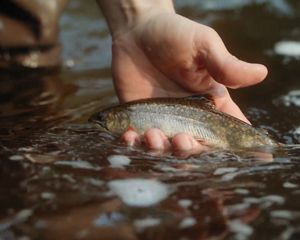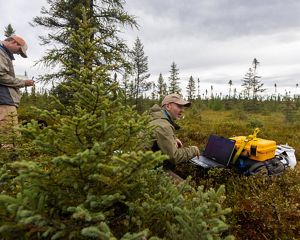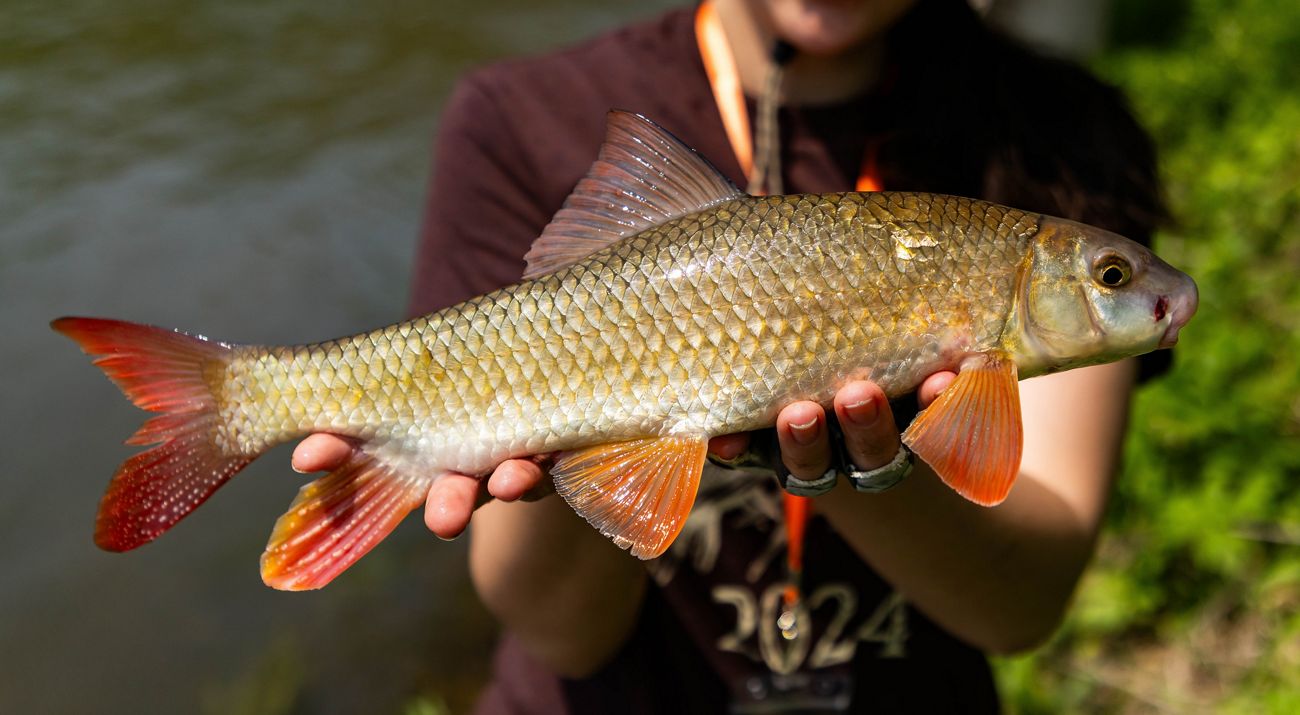
A Victory for Nature: 26 Native Fish are Now Protected in Minnesota
A law signed by Gov. Tim Walz protects species of suckers, gar and other native rough fish, which were long mistreated by anglers.
On a sunny Saturday in May, dozens of people from around the Midwest descended on the Root River in Lanesboro, Minnesota, for the state’s fishing opener.
But they weren’t fishing for the species most other anglers around the state were seeking, like walleye and bass. They were here to catch native rough fish, like white sucker and golden redhorse.
This category of fish, long known simply as rough fish, has a history of mistreatment. Anglers who caught them often threw them on the shore rather than back in the water. What was once a waste will soon become a violation. In 2024, Minnesota became the first state in the nation to pass fisheries protections for newly designated “native rough fish” into law.
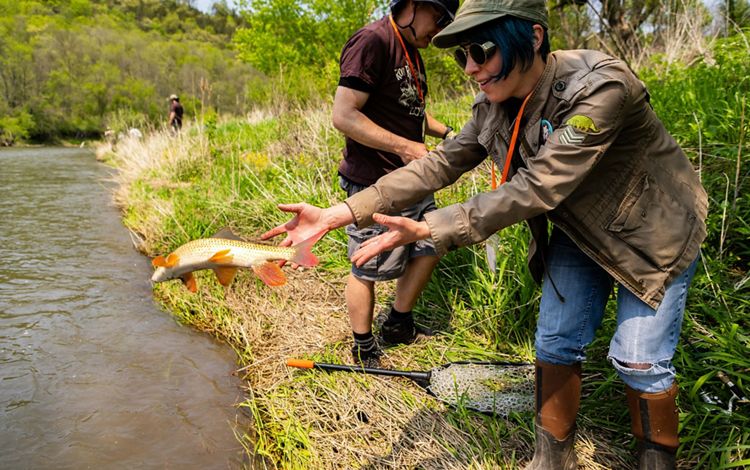
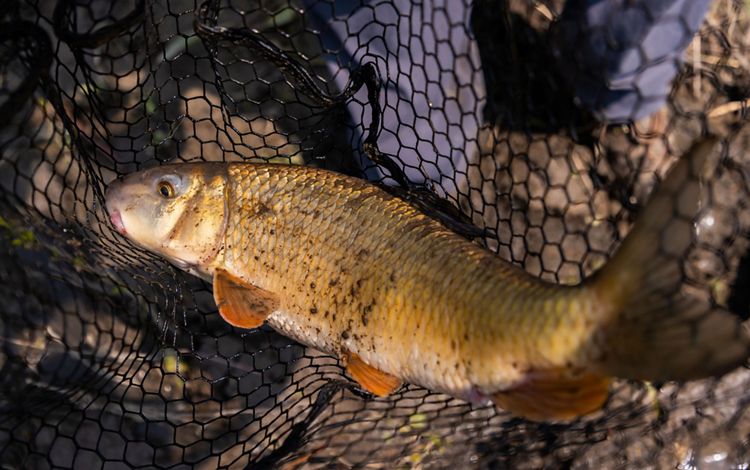
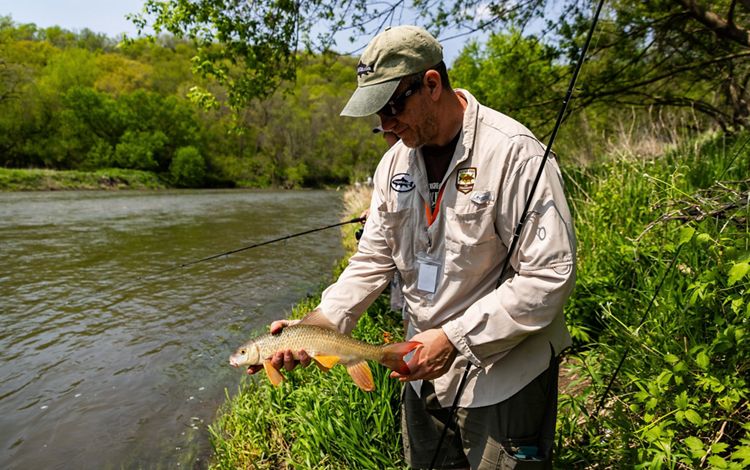
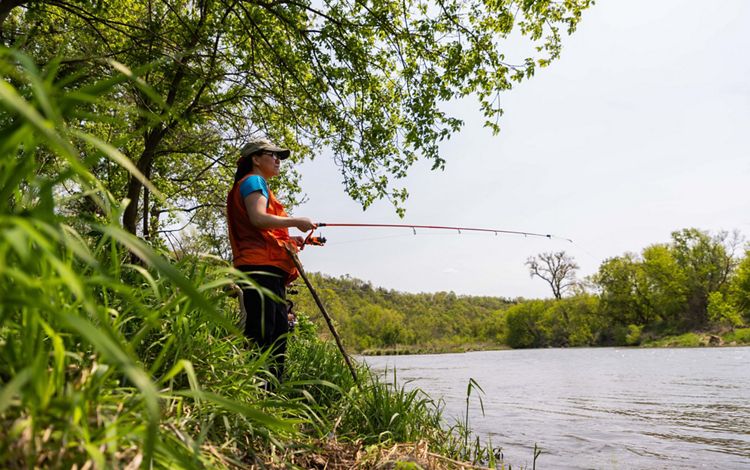
“Just like people, these fish are unique in their very own way,” said Delenn Kier, an angler fishing in the Root River. “I really care about these fish. They’re a native species. They belong in this ecosystem. Just like any other fish that are native here, they should be protected.”
The law separates the 26 species of native rough fish in Minnesota from a category that previously included invasive common carp. Under the new law, which was signed by Gov. Tim Walz in April 2024, native rough fish have basic fisheries protections like limits and penalties for anglers who violate them.
The Nature Conservancy in Minnesota supported advocacy groups in securing passage of the new law and providing science-based recommendations to the state on how best protect native rough fish.
Why Protect Native Rough Fish?
-
Food for Other Animals
Some native rough fish species are important food sources for game fish like walleye and northern pike, and birds like bald eagles.
-
Recreational Fishing
More people are getting interested in fishing for native rough fish. We need to strategically manage these fisheries so anglers can enjoy them for generations to come.
-
Cultural Significance
Indigenous communities have fished for native rough fish for generations. Ojibwe communities even name one of their months after a rough fish species—the Sucker Moon, occurring around February.
-
Furthering Science
Bigmouth buffalo, one of the native rough fish species protected under the new law, can live to more than 100 years old. There is so much more to discover about these incredible animals.
-
Awareness
If more people understand that there are native fish thriving in our rivers and streams, they may be more inclined to take actions to protect our precious water resources.
Although Minnesota is the first state to adopt this kind of fisheries protection for native rough fish, it shouldn’t be the last.
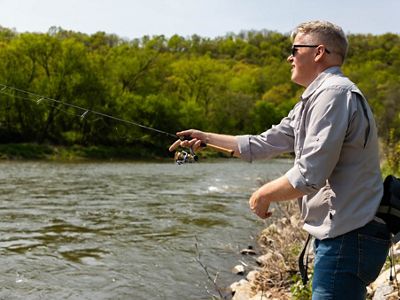
“Worldwide we are in the middle of a biodiversity crisis where we are losing species across the planet, including freshwater fishes like the native rough fish that Minnesota is now working to protect,” said Steve Herrington, associate director of water for The Nature Conservancy in Minnesota, North Dakota and South Dakota. “This can be a really important piece of the puzzle in long-term protection of our waters and all the life that depends upon them.”
Sign up for Nature News
Get monthly conservation news and updates from Minnesota right to your inbox.
